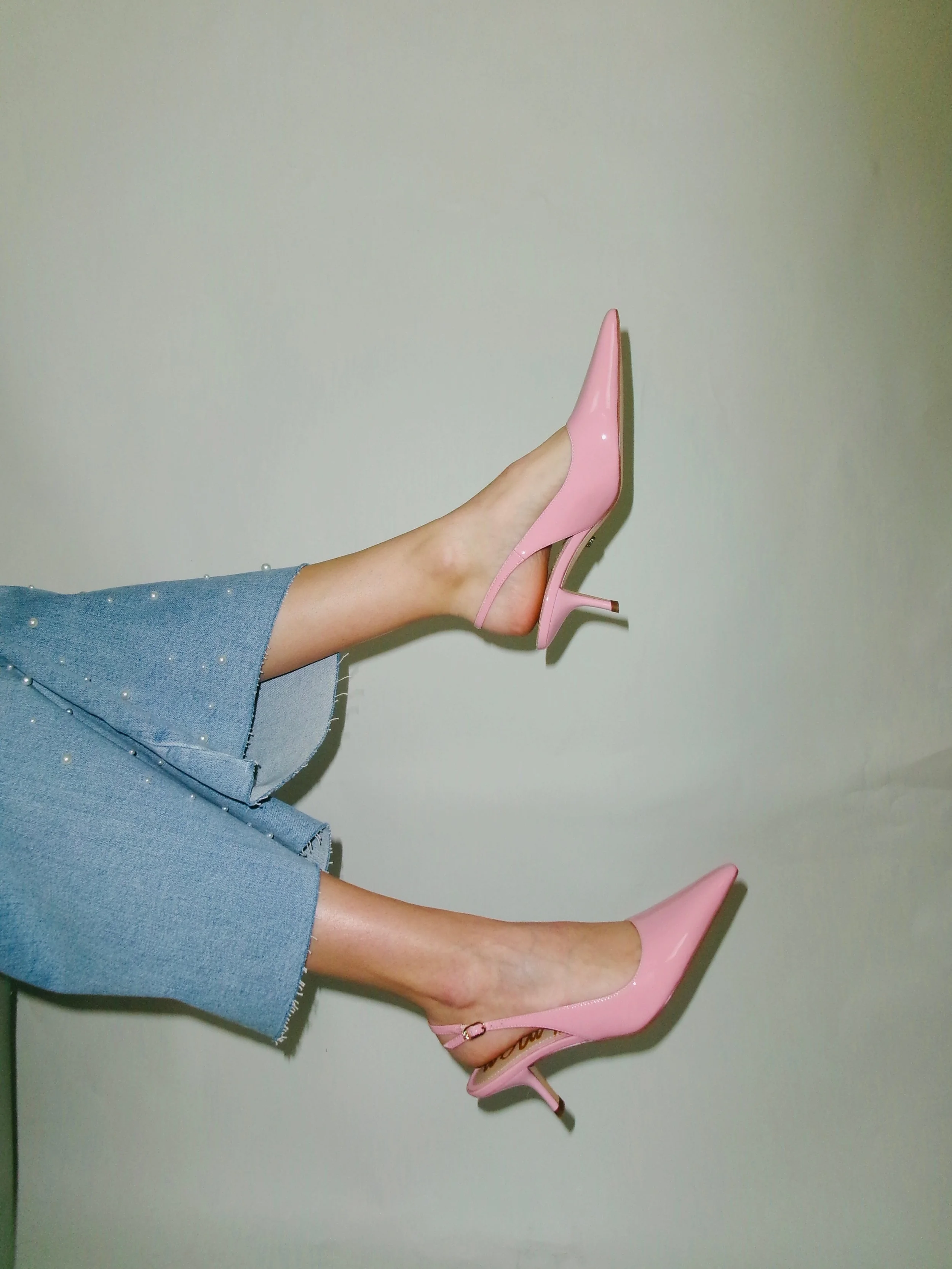Emotional Extremes in Fashion: A Gothic Response to Cultural Burnout
Dior Spring-Summer 2025 Haute Couture Show
As the days grow shorter and the air turns colder, fashion is undergoing a transformation that feels less like a seasonal shift and more like a collective emotional change. Winter 2025 is not defined by cozy knits or festive sparkles, but by velvet, lace, and silhouettes that reflect the drama of Victorian gothic romance. This season’s aesthetic is not simply about style, but emotional expression. In a world struggling with burnout, overstimulation, and identity fatigue, fashion is becoming a refuge for those feelings, mirroring how we truly feel inside.
The Gothic Revival, dominating runways and street style, is more than a trend; it is a movement. According to PureWow’s October 2025 trend report, “Last year’s Brat Summer gave way to Nosferatu Fall,” signaling a shift from playful rebellion to introspective drama. Designers are leaning into emotional extremes, crafting garments that feel like armor and poetry all at once. Corsets, floor-length coats, blood-red lips, and veiled eyes are no longer reserved for niche subcultures. They are morphing into mainstream expressions of a generation seeking depth in a world that often demands detachment.
Trends “Frazzled but Fabulous” and “Bad Romance”
This aesthetic resurgence is rooted in more than nostalgia. It reflects a longing for authenticity and vulnerability. InStyle’s coverage of Paris Couture Week highlighted how designers embraced vampire glamour and emotional intensity, drawing from gothic fiction, horror movies, and historical silhouettes. A beautiful example of this was Dior’s Spring 2025 Haute Couture show. The performance fused Victorian elegance with punk rebellion, offering visual language for grief, rage, and resilience. These looks don’t just dress the body; they speak to the soul.
The textures of the season are equally telling. Velvet, lace, and leather evoke senses of intimacy, vulnerability, and defiance. These materials are tactile metaphors for emotional states: softness, fragility, and strength. Wearing them becomes a form of storytelling, a way to express what words often fail to capture. As Stylist magazine noted in their October 2025 feature, gothic fashion this season is “a response to emotional intensity and cultural shifts,” suggesting that style is becoming a tool for self-reflection and healing.
This emotional turn in fashion also signals a creative revival. In an era dominated by algorithms, fast fashion, and screen time, gothic glamour offers a space for imagination. It invites wearers to step into character, explore fantasy, and reclaim identity through aesthetic choices. The rise of trends like “Frazzled But Fabulous” and “Bad Romance” alongside gothic revival reflects a broader cultural need to reconnect with ourselves as humans and the art of dressing as self-expression.
Trend: “Bad Romance”
Importantly, this movement is not just about escapism; it is about reclamation. The fashion industry, often criticized for its detachment from real-world issues, is now engaging with emotional and cultural realities in more complex ways. The Gothic World’s November 2025 article explores how gothic fashion is evolving with sustainability, gender fluidity, and tech integration, showing that moodiness can be innovative and inclusive. Gothic style, once seen as fringe, is now a face for identity and resistance in fashion.
As we layer up in velvet and lace this winter, we’re not just following a trend; we’re participating in a cultural shift. One that says vulnerability is powerful, that drama is healing, and that style can be a form of introspection. Gothic glamour is not about hiding in the shadows; it’s about reclaiming them. It invites us to dress for our moods, our memories, and our messiness. And in that, we find beauty not in perfection, but in presence.







